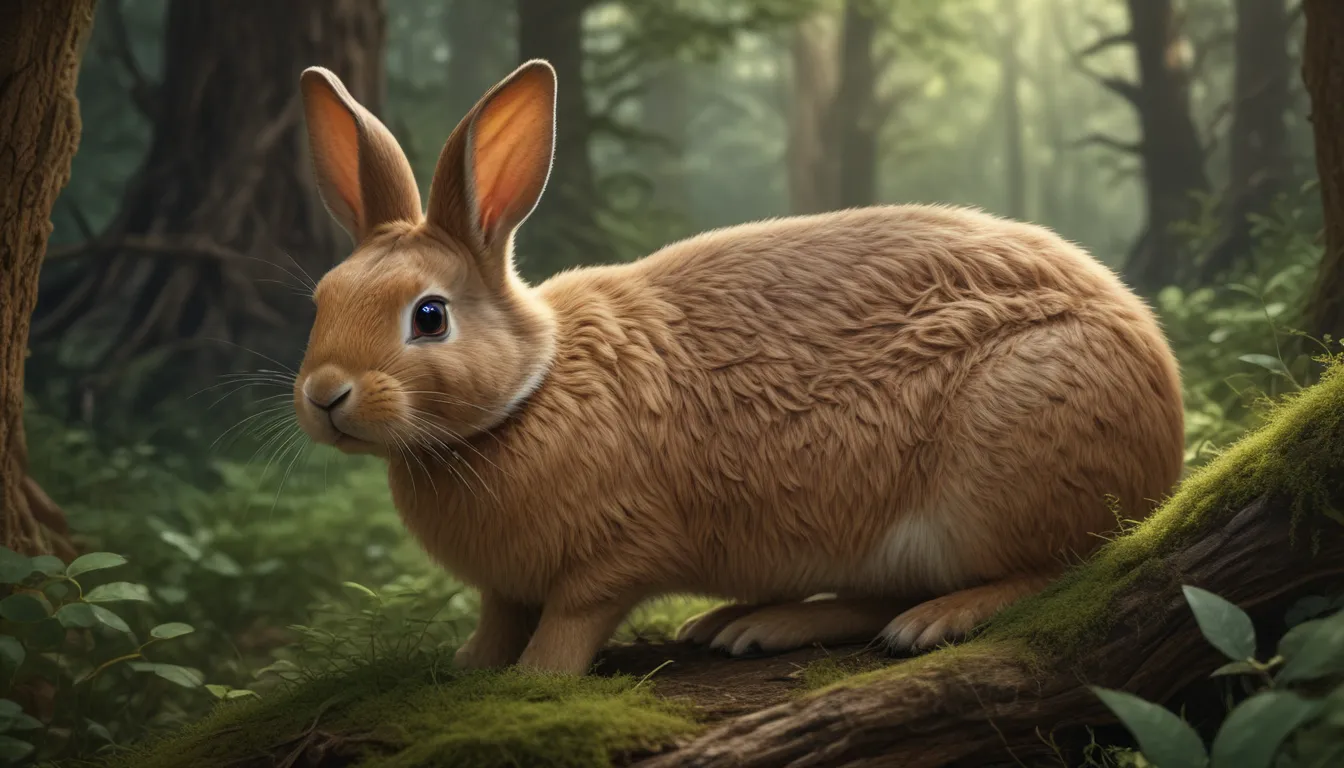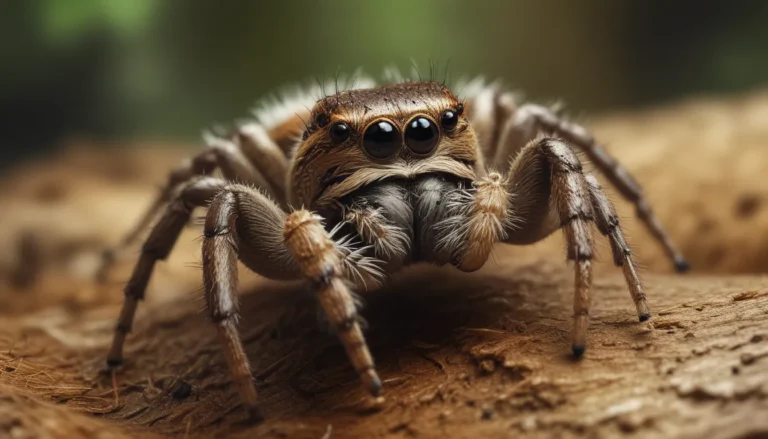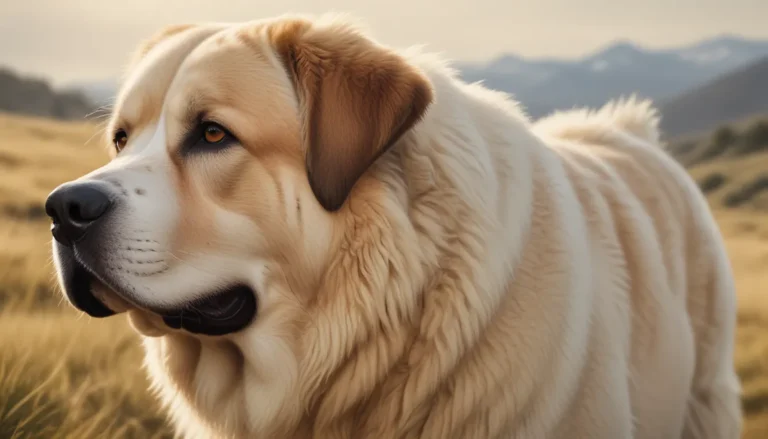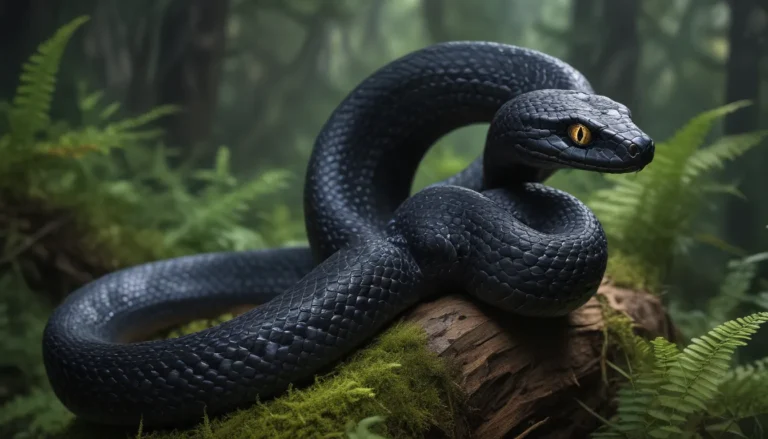The pictures we use in our articles might not show exactly what the words say. We choose these pictures to make you interested in reading more. The pictures work together with the words but don’t take their place. The words still tell you the important facts.
If you're a nature enthusiast, animal lover, or simply curious about the wonders of the natural world, you've likely come across the captivating Pygmy Rabbit. These tiny creatures, also known as Brachylagus idahoensis, hold the title for being the smallest rabbit species in North America. Native to the Great Basin region of the United States, Pygmy Rabbits are known for their petite size, adorable appearance, and remarkable behaviors. In this article, we will delve into the intriguing world of Pygmy Rabbits and uncover ten fascinating facts about these unique creatures.
Key Takeaways:
- Pygmy Rabbits are the smallest rabbit species in North America, living in sagebrush landscapes and having a short lifespan of 2-3 years in the wild.
- These elusive, nocturnal creatures have a strong sense of community, unique feeding habits, and face conservation challenges due to habitat loss.
Discovering the World of Pygmy Rabbits
Pygmy Rabbits are a true marvel of nature, captivating both animal enthusiasts and casual observers alike. These tiny creatures, with their compact bodies and adorable features, are a sight to behold. Let's explore some fascinating facts that shed light on the unique characteristics and behaviors of Pygmy Rabbits.
Pygmy Rabbits: Masters of Adaptation
They have a unique habitat preference.
One of the most intriguing aspects of Pygmy Rabbits is their specific habitat preference. Unlike other rabbit species, Pygmy Rabbits make their homes in sagebrush landscapes. These resilient creatures have adapted to thrive in the arid and sage-dominated regions of western North America, showcasing their remarkable ability to survive in challenging environments.
They are highly elusive.
Spotting a Pygmy Rabbit in the wild can be quite a challenge, thanks to their secretive nature and excellent camouflage skills. These tiny rabbits are masters at evading predators, relying on their keen instincts and camouflage to blend seamlessly into their surroundings. Their elusive nature adds to the allure of these fascinating creatures.
They are social animals.
Despite their petite size, Pygmy Rabbits have a big sense of community. They live in social groups known as "warrens," consisting of several adults and their offspring. This strong social structure plays a crucial role in their survival in the wild, highlighting the importance of cooperation and mutual support among these adorable creatures.
They have a short lifespan.
While Pygmy Rabbits may be small in size, their lifespan is relatively short. On average, they live for about two to three years in the wild. However, with proper care in captivity, they can extend their lifespan to up to five years. Their short life span emphasizes the need for conservation efforts to protect these unique animals.
Unveiling the Secrets of Pygmy Rabbits
They have a nocturnal lifestyle.
Pygmy Rabbits are primarily active during the night, displaying excellent adaptations for navigating and locating food sources in low-light conditions. Their large eyes and sensitive ears enable them to thrive in the darkness, showcasing their remarkable nocturnal abilities.
They have unique feeding habits.
These charming creatures rely mainly on sagebrush for their diet, making them specialized herbivores. Their unique digestive system allows them to break down the tough plant material and extract the nutrients they need to survive. Their dietary preferences highlight their remarkable adaptation to their habitat.
Their reproductive abilities are impressive.
Pygmy Rabbits are known for their exceptional breeding capabilities. Females can have multiple litters each year, with an average litter size of five to six kits. This prolific reproductive capacity helps maintain their population numbers and ensure their survival in the wild.
They face significant conservation challenges.
The Pygmy Rabbit population has faced numerous challenges over the years, including habitat loss and fragmentation. Conservation efforts are essential to protect these endangered creatures and secure their future for generations to come. By raising awareness and implementing conservation initiatives, we can help safeguard the future of these remarkable animals.
A Glimpse into the World of Pygmy Rabbits
They have unique physical characteristics.
Pygmy Rabbits boast distinct physical features that set them apart from other rabbit species. With short legs, a small round body, and a fluffy tail that is often a lighter color than the rest of their fur, these adorable creatures have a charm that is all their own.
In Conclusion
In conclusion, Pygmy Rabbits are fascinating creatures that showcase the incredible diversity of the natural world. From their unique habitat preferences to their impressive reproductive abilities, these tiny rabbits have adapted to thrive in challenging environments. By learning more about Pygmy Rabbits and supporting conservation efforts, we can ensure the long-term survival of these remarkable creatures. Let's appreciate and protect the wonders of nature, including the enchanting Pygmy Rabbits that grace our world with their presence.
FAQs
-
What is a Pygmy Rabbit?
A Pygmy Rabbit, also known as Brachylagus idahoensis, is the smallest rabbit species in North America, with a compact body weighing only about one pound. -
Where do Pygmy Rabbits live?
Pygmy Rabbits primarily inhabit the sagebrush steppe grasslands of the Great Basin region in North America, spanning parts of Nevada, Idaho, Oregon, and Wyoming. -
What do Pygmy Rabbits eat?
Pygmy Rabbits have a specialized diet consisting mainly of sagebrush, including leaves, stems, and bark. -
How do Pygmy Rabbits reproduce?
Pygmy Rabbits engage in asynchronous breeding, allowing females to produce multiple litters in a single breeding season by mating immediately after giving birth. -
Are Pygmy Rabbits endangered?
Yes, Pygmy Rabbits are considered a species of concern and are listed as endangered in some states due to threats like habitat loss and degradation. -
How do Pygmy Rabbits avoid predators?
Pygmy Rabbits rely on their camouflage and burrowing abilities to evade predators, blending in with their surroundings and creating burrow systems for protection. -
Can Pygmy Rabbits be kept as pets?
While Pygmy Rabbits may seem cute and cuddly, they are not suitable as pets due to their specific dietary and environmental needs that are challenging to replicate in a domestic setting. -
What conservation efforts are being made to protect Pygmy Rabbits?
Conservation organizations are working to protect and restore Pygmy Rabbit habitats, implement captive breeding programs, and raise awareness about the importance of conserving this endangered species. -
How many Pygmy Rabbit species are there?
There is only one recognized species of Pygmy Rabbits, Brachylagus idahoensis, but there are several subspecies with slight variations in their range and physical characteristics. -
Can Pygmy Rabbits be found in other parts of the world?
No, Pygmy Rabbits are endemic to North America and are not found in any other part of the world.
Your Journey into the World of Pygmy Rabbits Begins
Embark on a journey of discovery and wonder as you explore the enchanting world of Pygmy Rabbits. These remarkable creatures embody the resilience, adaptability, and beauty of nature, reminding us of the importance of conservation and appreciation for all living beings. With their unique characteristics and behaviors, Pygmy Rabbits captivate the hearts and minds of all who encounter them. Let's join hands in protecting these extraordinary creatures and preserving the rich tapestry of biodiversity that surrounds us. Together, we can ensure a brighter future for Pygmy Rabbits and all creatures that call our planet home.






